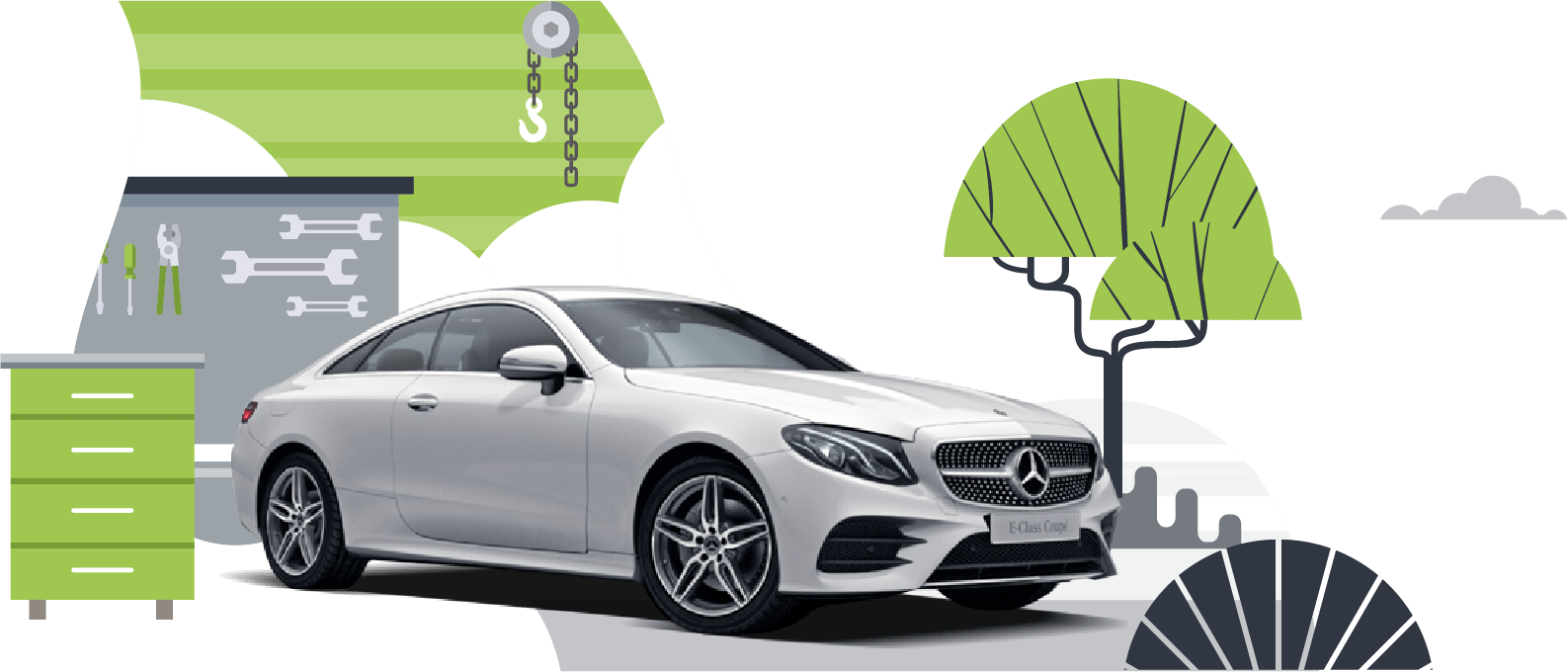Does car warranty cover lightbulbs?
Lightbulbs for the interior or exterior of your vehicle are not covered by car warranties. They are considered wear items on your vehicle and as such, aren’t covered by warranties.
Preparing yourself for replacements
Knowing that your warranty doesn’t cover lightbulbs is the first step to being fully prepared for the eventuality of replacing these vehicle features. We understand that the worst aspect of a failure to any part of a vehicle is that dreaded question: ‘How much will it cost to repair it?’
Knowledge is the best defence in these situations. Knowing what to expect in terms of cost means there will be no surprises if your head or tail lights burn out and the bulbs are not covered by your car warranty.
Simply look up the make and model of your vehicle and price the cost of replacing each of the different lightbulbs in your car. Where possible, put funds away for the eventuality of having to make these replacements.
Different bulbs, different lifespans
With lightbulbs not covered by warranties, when you do have to replace them, it’s worth knowing what you’re paying for. The lifespan of headlight bulbs will vary depending on a number of factors, including the amount of driving you do in low-level light.
The typical longevity of a Tungsten-Halogen headlight bulb is between 450 to 1,000 hours. Xenon bulbs can last for over 10,000 hours and LED bulbs fitted on some vehicles have a lifespan of 30,000 hours.
Traditional tail light bulbs, usually incandescent, can have a typical longevity of between five to six years, and LED tail lights have a life expectancy of 12 to 13 years.
Safety and the rules of the road
It’s your responsibility to keep the lights on your car in good working order and you should always be vigilant for the sake of your safety and others.
Rules for daytime
Brake lights should activate as soon as you hit the brake pedal, but not be used continuously while queuing in traffic as this can cause glare to cars directly behind you.
In low visibility conditions, like fog, dipped headlights or fog lights should be utilised, but switched off as soon as weather conditions clear up to avoid other motorists being dazzled by them.
Sidelights and lights that illuminate your registration must be used between sundown and sunrise regardless of whether it feels bright enough to you.
Rules for night time
Headlights are to be used at night to guide your way while always being mindful of others.
Full headlights may be necessary at night, but when approaching pedestrians, cyclists, horse riders and fellow motorists, it is advised to dip your lights to avoid others being affected by the glare.
When overtaking, your headlights should remain dipped until your car is in line with the other vehicle before returning to full strength beam. If, as a driver, you are dazzled by glare, you’re advised to slow or stop when it is safe to do so until you can safely see the road once more.
While driving at less than 30 miles an hour in an area with good lighting, drivers are only required to use their side lights at night, but for safety’s sake dipped headlights can be a better choice.
As experts in the automotive industry here at Car.co.uk, it is our continuing mission to assist car owners throughout the country in understanding all aspects of their warranties and what is covered.


